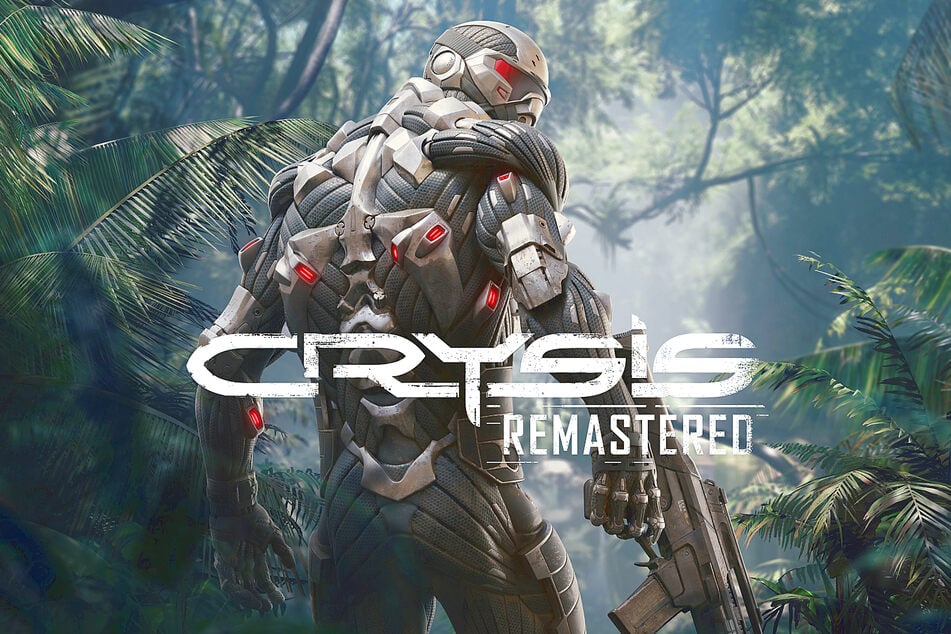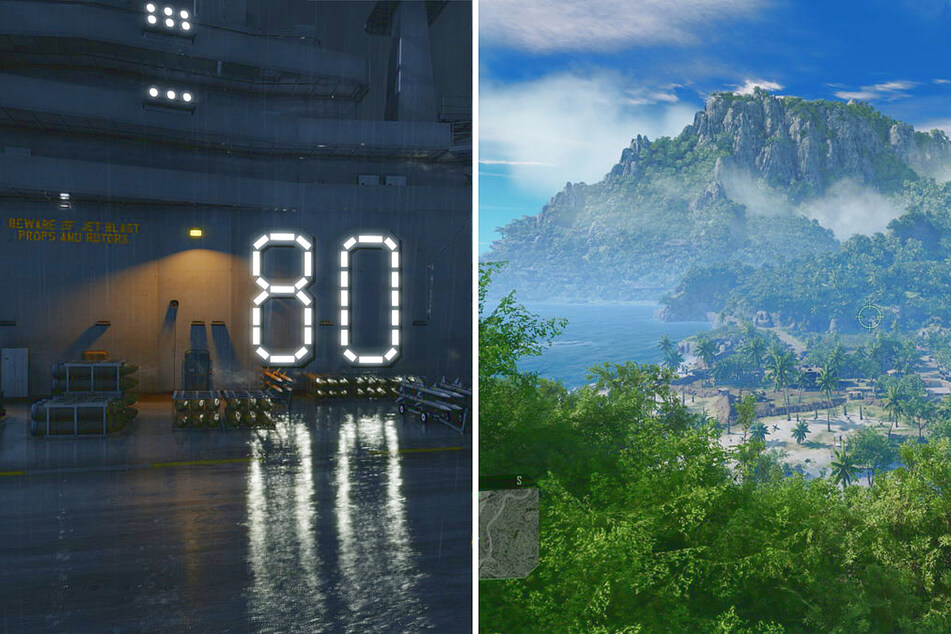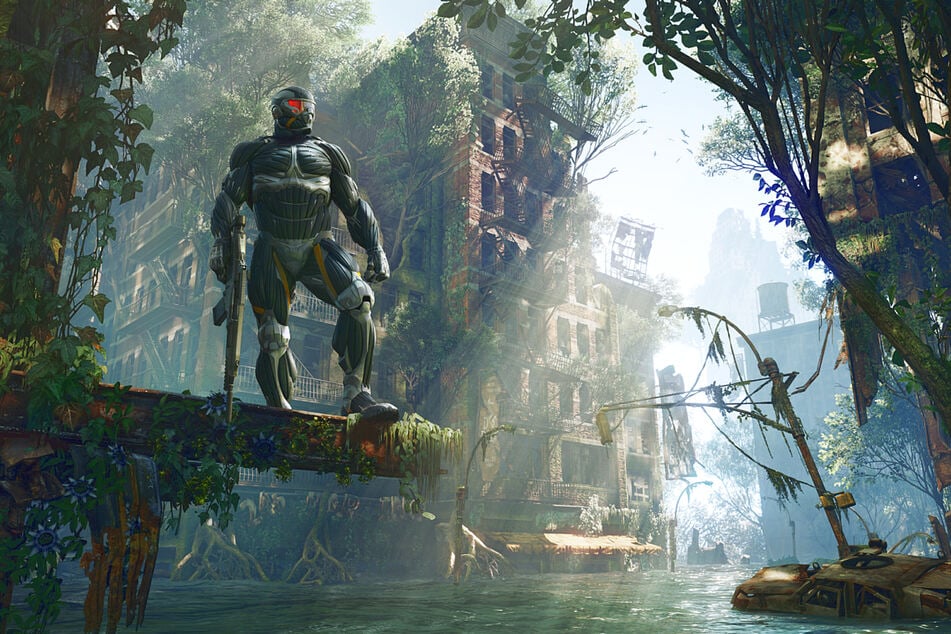Gaming oldies but goldies: A look back at the Crysis trilogy ahead of the remastered release
Just in time for the release of the remastered Crysis trilogy, TAG24 went back to what made the series great, and what didn't work so well, so you can decide if giving these games a shot is worth your money.

Crytek's FPS trilogy and the individual remastered titles come out exclusively on October 15 through the Epic Games Store for PC, and console players can snag the trilogy or individual games via the PlayStation Store, Nintendo eShop, and the Microsoft Store.
The first game was a fun but simple action title that really stood out for its over-the-top graphics and hardware requirements.
The original version looks great 14 years later, and the fresh coat of paint on the remastered Crysis 1 looks even better. It isn't mold-breaking great, but it goes to show what visual uplifts can be achieved with post-production work from your hardware.
The AI was, and unfortunately still is, extremely dumb and inconsistent. Sometimes an enemy soldier will not even wake up through an intense firefight, other times you'll get spotted from hundreds of yards away without even knowing that your cover is blown.
The real draw of the first game is the open island environment that lets you run amok in enemy bases from any angle you want, as well as the solid sound design and gunplay.
Another aspect of the game that has withstood the sands of time is the destructible environment. You can really put on a show by spraying bullets and hucking grenades, as you cut down palm trees, demolish shacks, and send pieces of debris flying.
The protagonist's suit powers and on-the-fly customization of your weapons were groundbreaking in 2007, and are somewhat engaging today, but lack depth or true tactical utility.
The overall experience is good-looking silly fun, even if some parts of the game have grown stale.
Crysis 1 is worth checking out if you want to see what was cutting-edge and what the original CryEngine could accomplish. The remastered version is basically a fresh coat of paint, because gameplay elements remain unchanged.
"But can it run Crysis?"

The first game in the trilogy spawned a universal question for PC builders at the time: "But can it run Crysis?"
The game was intensely demanding for CPU hardware of that age, but mainly because of what developer Crytek predicted would happen with the technology. The team thought that CPUs would evolve to have just one extremely powerful processing core with clock speeds up to 8Ghz.
Instead, modern CPUs have a bunch of cores using far less power – even high-end processors only have a base clock speed around 3.7Ghz, and still struggle to run the game at modern framerates above 60 FPS.
This is really only half of the reason for why Crysis was so hardware-intensive. The graphics card had to be a beast to handle new features for making the game's scenery pop, and when the game first released, most GPUs didn't have enough video memory to run a stable framerate.
The game stood out from the competition with a huge amount of bespoke shaders, the visual building blocks of any models in the game space. It also used Gaussian depth of field to put focus on foreground objects, while applying a slight out-of-focus effect to objects in the distance.
Add atmospheric particles that aren't just 2D shapes, some hefty volumetric lighting, occlusion effects, and then make the graphics card try to pump out those effects onto high-resolution textures, and you have a perfect storm for using up the processing resources on your GPU.
Are the sequels worth your time?

Crysis 2 was a frustrating experience, but still did an excellent job at delivering a great musical score and general sound design.
What made playing the game a chore was having too few actually fun gunfights, an overly bloated story, and decent but forgettable visuals.
The real issue with Crysis 2 is that it ended up extremely linear, taking away one of the best parts of the first game.
Modding can take the second game from looking forgettable to where a Crysis title really should be: dazzling the eyes with lush visuals.
The remastered edition is really only worth the money if you haven't played the original release, but want to experience the mediocre storyline.
Crysis 3, however, could definitely be worth your time and cash.
Crytek went back to the roots of the series for the third installment, with visuals that need your hardware to bring its A-game. The graphics pair nicely with stellar sound effects and a musical score that are still a feast for the ears.
The dev team made the environment more open again, after Crysis 2 was poorly received for its railroading level design.
The suit powers returned, but upgrades for different situations gave them some modern spice, and the AI were redesigned to be less confusing and inconsistent opponents.
Both Crysis 2 and 3 were built with a newer CryEngine, and though the latter already looked great in 2013, a remastered version will crank up the visual experience up with updated HD textures and post-production treatments, including confirmed support for Nvidia's Ray Tracing and DLSS for PC.
The whole trilogy stands out for its sound design, particularly the voice acting in Crysis 3. If you're looking for the gaming experience that set the bar for graphics and hardware requirements, then Crytek's remastered supersoldier FPS could be just the thing.
Cover photo: Image/Crytek

